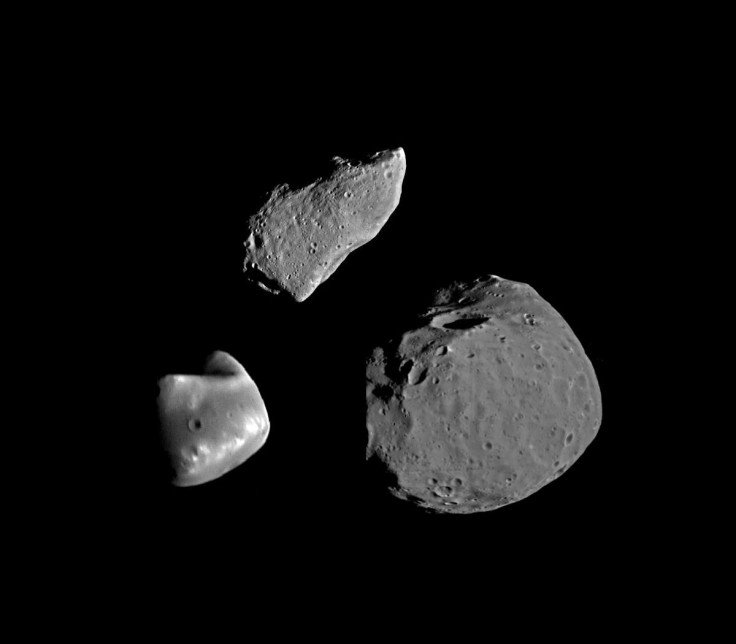NASA Asteroid Tracker: 3 Asteroids Headed For Earth Today

NASA has identified three asteroids that will closely approach Earth today. The biggest of the three is about as long as the wingspan of a Boeing 747 airplane.
Details about the space rocks were recorded by NASA’s Center for Near Earth Object Studies (CNEOS), the space agency’s main department when it comes to monitoring asteroids that are on near-collision paths with the planet.
The first asteroid, called 2019 KA3, will make its approach on June 6 at 3:25 am ST. It is about 15 meters long and is currently flying at a speed of 8,600 miles per hour. As it makes its approach, the asteroid will be about 0.01013 astronomical units from Earth, which is about 941,600 miles -- one of closest to the Earth's surface in the past months.
According to CNEOS’ database, 2019 KA3 is expected to return to Earth’s vicinity this year on Oct. 21. During this time, it will fly farther away from Earth at around 12 million miles from the planet’s surface.
The second asteroid that will be visiting Earth’s neighborhood is 2019 JX2. Travelling at about 15,600 miles per hour, the asteroid will fly by Earth on June 6 at 8:05 am ST. During its approach, it will be at around 0.03526 astronomical units away or 3.3 million miles.
Out of the three asteroids, 2019 JX2 is the biggest one. According to CNEOS’ data, the asteroid has a maximum diameter of 69 meters. The asteroid was first observed making its approach to Earth on May 6.
The third asteroid will arrive later this evening at around 8:07 pm ST. Called 2014 MF18, the asteroid has a maximum diameter of 38 meters. Once it makes its approach, it will have a projected speed of around 6,600 miles per hour. It will zip past Earth from a distance of 0.02248 astronomical units or roughly 2.1 million miles.
According to NASA and CNEOS’ projections, 2014 MF18 will fly closest to Earth on Nov. 10, 2050. During this time, the asteroid will only be about 0.00219 astronomical units or 203,600 miles away from Earth. This means the asteroid will be closer to Earth than the Moon, which is located around 239,000 miles away.
© Copyright IBTimes 2025. All rights reserved.





















